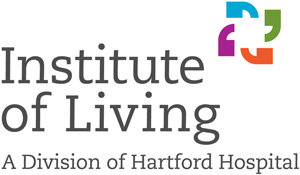Economic Impact of CT Hospitals Highlighted in Report
/Connecticut hospitals contribute $20 billion to the state and local economies, according to a report, Connecticut Hospitals: Improving Health, Strengthening Connecticut’s Economy, compiled by the Connecticut Hospital Association (CHA). According to the CHA report, Connecticut hospitals provide more than 54,000 jobs, with a total annual payroll of $5.2 billion. Earnings by Connecticut hospital and health system employees reverberate through the community, creating an additional 55,000 jobs in the local economy.
The four-page report, which focused on the economic impact of Connecticut’s hospitals and was released in the opening weeks of the state legislative session, noted that “hospitals and health systems serve as a magnet for other healthcare businesses and a stimulus for new businesses such as retail stores, banks, grocery stores and restaurants.”
Connecticut hospitals are major employers and purchasers of goods and services, spending $9.6 billion in 2011 – funds that help to stimulate further economic growth across the state. Goods and services purchased by hospitals, and funding spent on buildings and equipment, create additional economic value. With these “ripple effects” included, an additional $10.4 billion is added to the Connecticut economy, resulting in a total contribution of $20 billion by Connecticut’s hospitals to the state’s economy, CHA official pointed out.
The report indicates that Connecticut hospitals treat more than 1.6 million patients in their emergency departments, bring nearly 38,000 babies into the world, and care for more than 420,000 admitted patients, providing more than 2 million days of inpatient care.
“Connecticut hospitals are a critical economic engine,” said Jennifer Jackson, President and CEO, CHA. “They are often a community’s largest employer, stimulating jobs and attracting other businesses. At a time when the state has never relied more on its hospitals for the safety net they provide, it is critical – both to our quality of life and economic health – that these institutions remain strong and stable.”
CHA membership includes 29 acute care hospitals and health care organizations and facilities throughout the state. The report was issued at a time of considerable change in both the healthcare delivery and business sides of the industry, with mergers and affiliation agreements having been reached or under active consideration among industry leaders in Hartford, New Haven, Waterbury, New London and elsewhere across Connecticut, as well as nationally.


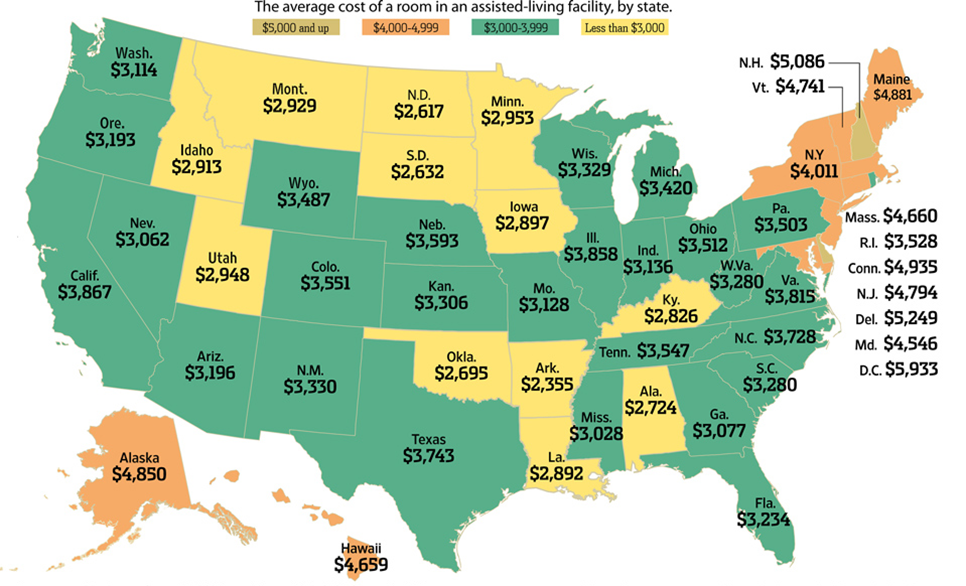
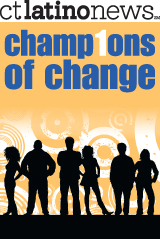 e Department of Public Health and Addiction Services, and at the State Department of Education where she launched Connecticut’s entry into the charter school movement.She also serves as vice chair of the Board of Regents for Higher Education, and as vice chair of the Hartford Foundation for Public Giving.
e Department of Public Health and Addiction Services, and at the State Department of Education where she launched Connecticut’s entry into the charter school movement.She also serves as vice chair of the Board of Regents for Higher Education, and as vice chair of the Hartford Foundation for Public Giving.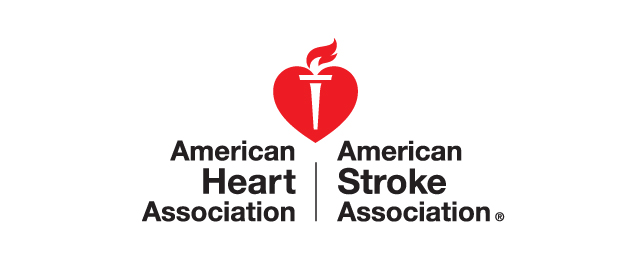 (CDC):
(CDC):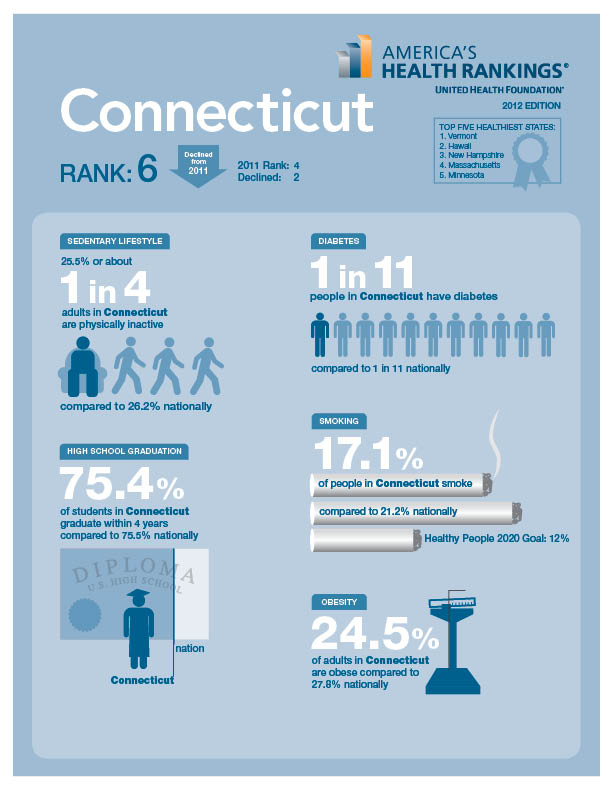
 apparently set to get underway in Connecticut.
Writing in the Autumn 2012 edition of
apparently set to get underway in Connecticut.
Writing in the Autumn 2012 edition of  ent illnesses may someday lead to new treatments,” Assaf suggested in the article published prior to the Newtown killings.
ent illnesses may someday lead to new treatments,” Assaf suggested in the article published prior to the Newtown killings.